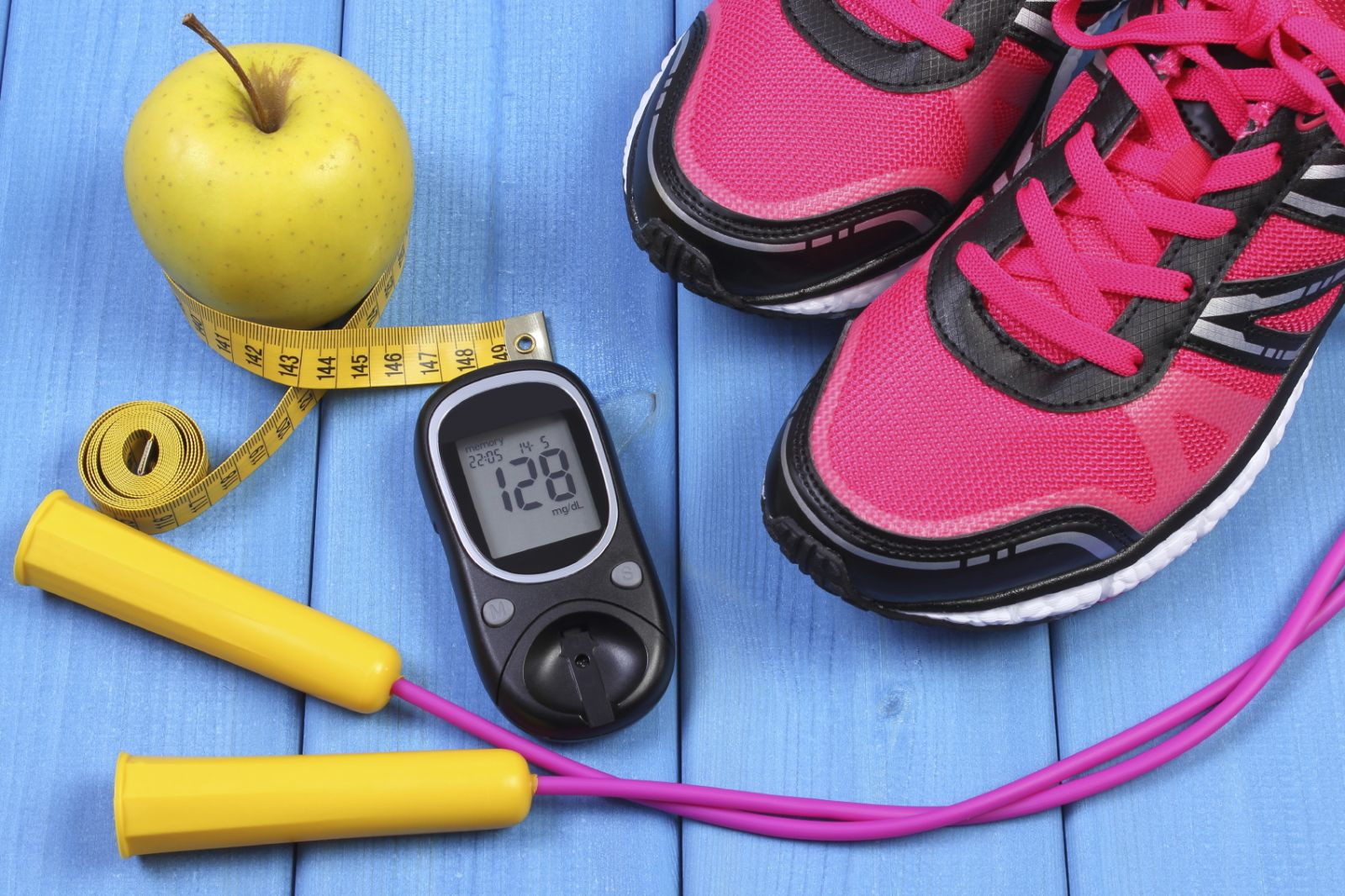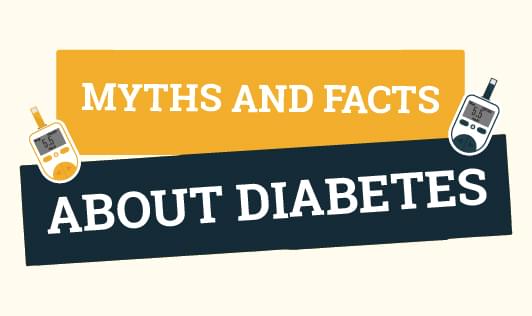Diabetes is a chronic condition that affects millions of people worldwide. It occurs when the body cannot properly regulate blood sugar levels, leading to high blood sugar (hyperglycemia). There are two main types of diabetes: Type 1 and Type 2. While Type 1 diabetes is often diagnosed in childhood or adolescence, Type 2 diabetes can develop at any age and is often linked to lifestyle factors. An early diagnosis is crucial to manage the condition effectively and prevent serious complications. However, many people with diabetes remain undiagnosed because the symptoms can be subtle or mistaken for other health issues. This blog post explores the symptoms of undiagnosed diabetes, their implications, and the importance of early detection.
Common Symptoms of Undiagnosed Diabetes
Understanding the symptoms of undiagnosed diabetes is essential for early detection and treatment. While symptoms can vary, the following are some of the most common indicators:
1. Frequent Urination
One of the hallmark symptoms of diabetes is frequent urination. When blood sugar levels are high, the kidneys work harder to filter and absorb the excess glucose. This leads to increased urine production and more frequent trips to the bathroom.
2. Excessive Thirst
Increased thirst, or polydipsia, often accompanies frequent urination. As the body loses more fluids through urine, it can become dehydrated, prompting a strong sense of thirst. People with undiagnosed diabetes may find themselves drinking more fluids than usual.
3. Unexplained Weight Loss
Unexpected weight loss can occur in individuals with undiagnosed diabetes. When the body cannot use glucose properly for energy, it begins to break down muscle and fat stores. This can lead to significant weight loss despite normal or increased food intake.
4. Fatigue
Feeling unusually tired or fatigued is a common symptom of diabetes. High blood sugar levels can interfere with the body’s ability to use glucose for energy, leading to persistent feelings of tiredness and lack of energy.
5. Blurred Vision
High blood sugar levels can affect the fluid levels in the eyes, leading to blurred vision. This symptom may fluctuate, causing temporary changes in vision that can be a sign of undiagnosed diabetes.
6. Slow-Healing Sores
Diabetes can impair the body’s ability to heal wounds and infections. Individuals with undiagnosed diabetes may notice that cuts, bruises, or sores take longer to heal than usual. This can be due to poor blood circulation and impaired immune function.
7. Numbness or Tingling in Extremities
Neuropathy, or nerve damage, is a common complication of diabetes. It can cause numbness, tingling, or pain in the hands and feet. This symptom may develop gradually and can be a sign of undiagnosed diabetes.
8. Increased Hunger
Also known as polyphagia, increased hunger is another symptom of diabetes. When cells cannot absorb glucose effectively, the body may signal for more food in an attempt to compensate for the lack of energy.
9. Dark Patches on Skin
Some individuals with diabetes may develop dark, velvety patches of skin, particularly in areas like the neck, armpits, or groin. This condition, known as acanthosis nigricans, can be a sign of insulin resistance, often associated with Type 2 diabetes.
10. Frequent Infections
People with undiagnosed diabetes may experience frequent infections, particularly in the skin, urinary tract, and gums. High blood sugar levels can weaken the immune system, making it harder for the body to fight off infections.
Importance of Early Detection
Early detection of diabetes is crucial for effective management and prevention of complications. Diabetes that goes undiagnosed can lead to severe health issues, including cardiovascular disease, kidney damage, and nerve damage. Regular screening and being aware of the symptoms can help identify the condition early and prevent long-term damage.
External Links for Further Reading
FAQs
Q1: What should I do if I suspect I have symptoms of undiagnosed diabetes?
A1: If you experience symptoms of diabetes, it’s important to consult a healthcare professional for a proper diagnosis. They can perform tests such as fasting blood glucose tests, oral glucose tolerance tests, or hemoglobin A1c tests to determine if you have diabetes.
Q2: Can undiagnosed diabetes lead to other health problems?
A2: Yes, undiagnosed diabetes can lead to serious health complications, including cardiovascular disease, kidney damage, nerve damage, and vision problems. Early diagnosis and management are essential to prevent these complications.
Q3: How can I prevent diabetes if I have symptoms?
A3: Preventing diabetes involves lifestyle changes such as adopting a healthy diet, engaging in regular physical activity, maintaining a healthy weight, and avoiding smoking. If you have symptoms or risk factors for diabetes, your healthcare provider can offer personalized recommendations.
Q4: Are there different types of diabetes, and do they have different symptoms?
A4: Yes, there are two main types of diabetes: Type 1 and Type 2. While many symptoms are similar, Type 1 diabetes often presents more suddenly and at a younger age, whereas Type 2 diabetes develops gradually and is more commonly associated with lifestyle factors. Symptoms may vary based on the type and severity of the condition.
Q5: Can diabetes symptoms be managed with medication?
A5: Yes, diabetes symptoms can often be managed with medication, along with lifestyle changes such as diet and exercise. Medications can help regulate blood sugar levels and prevent complications. Your healthcare provider will recommend the most appropriate treatment based on your specific needs.
Q6: How often should I be screened for diabetes if I have risk factors?
A6: If you have risk factors for diabetes, such as a family history of the condition, obesity, or a sedentary lifestyle, it’s important to have regular screenings. The frequency of screening may vary based on individual risk factors and healthcare provider recommendations.
Q7: Can lifestyle changes help reverse diabetes symptoms?
A7: For individuals with prediabetes or early-stage Type 2 diabetes, lifestyle changes such as improved diet, increased physical activity, and weight loss can significantly impact blood sugar levels and may help reverse symptoms. However, diabetes management often requires ongoing attention and care.
Q8: Are there any specific dietary recommendations for managing diabetes symptoms?
A8: A balanced diet that includes whole grains, lean proteins, fruits, vegetables, and healthy fats is recommended for managing diabetes. Limiting processed foods, sugary beverages, and high-fat foods can help regulate blood sugar levels. Consulting a registered dietitian can provide personalized dietary advice.
Q9: How can I monitor my blood sugar levels at home?
A9: Blood sugar levels can be monitored at home using a glucose meter, which measures blood sugar levels from a small blood sample. Continuous glucose monitors (CGMs) are also available and provide real-time glucose readings throughout the day.
Q10: What are the long-term effects of untreated diabetes?
A10: Untreated diabetes can lead to serious long-term effects, including cardiovascular disease, kidney failure, neuropathy (nerve damage), retinopathy (eye damage), and an increased risk of infections. Proper management and treatment are crucial to reducing these risks.
By understanding and recognizing the symptoms of undiagnosed diabetes, individuals can seek timely medical intervention and take proactive steps to manage their health. Early diagnosis and treatment are key to preventing complications and maintaining a good quality of life.













